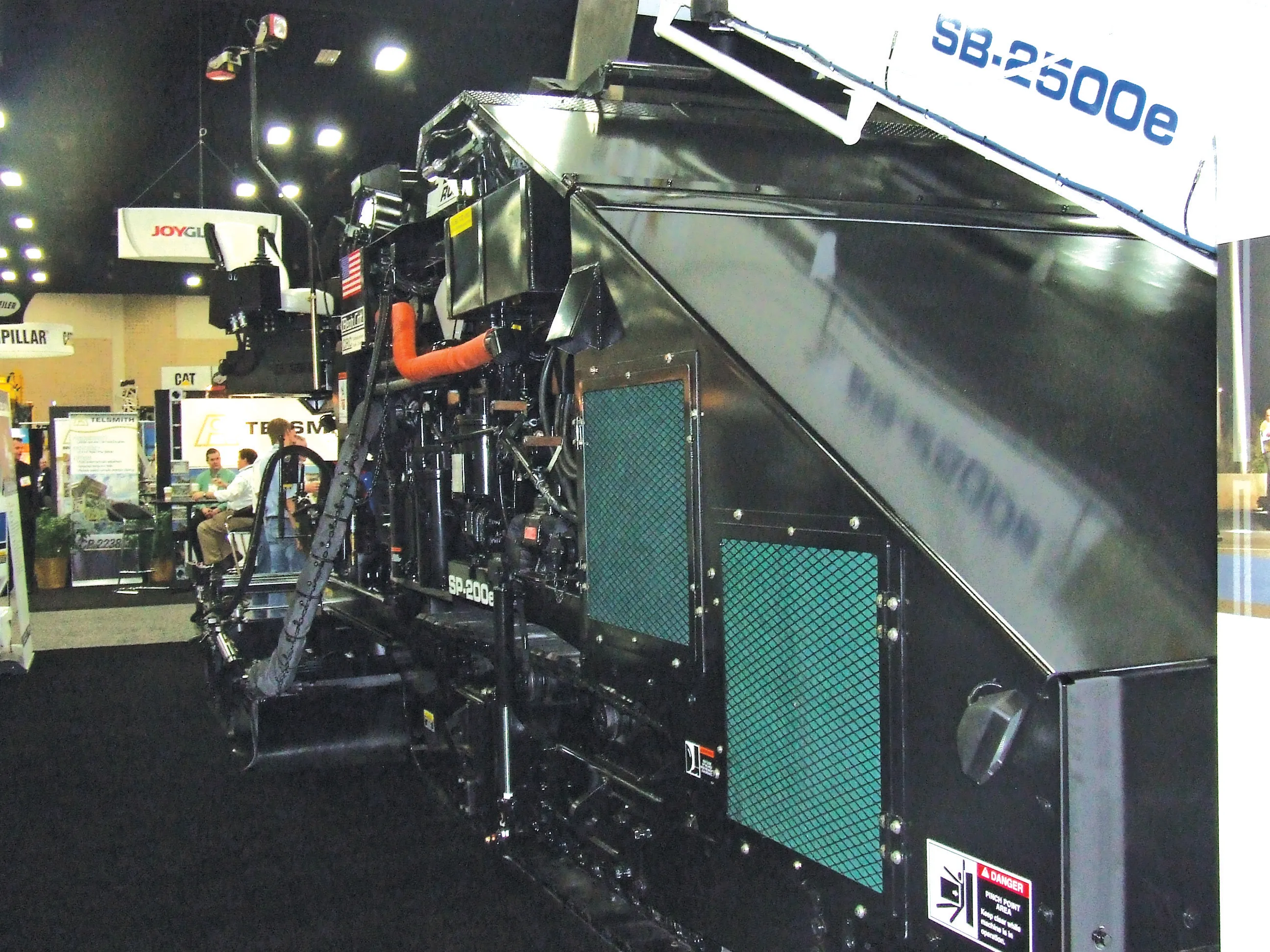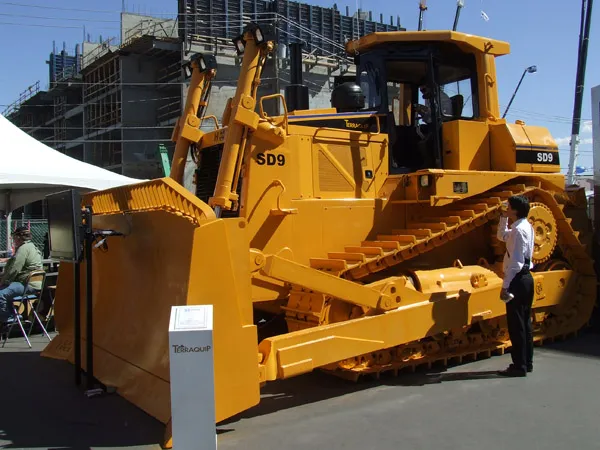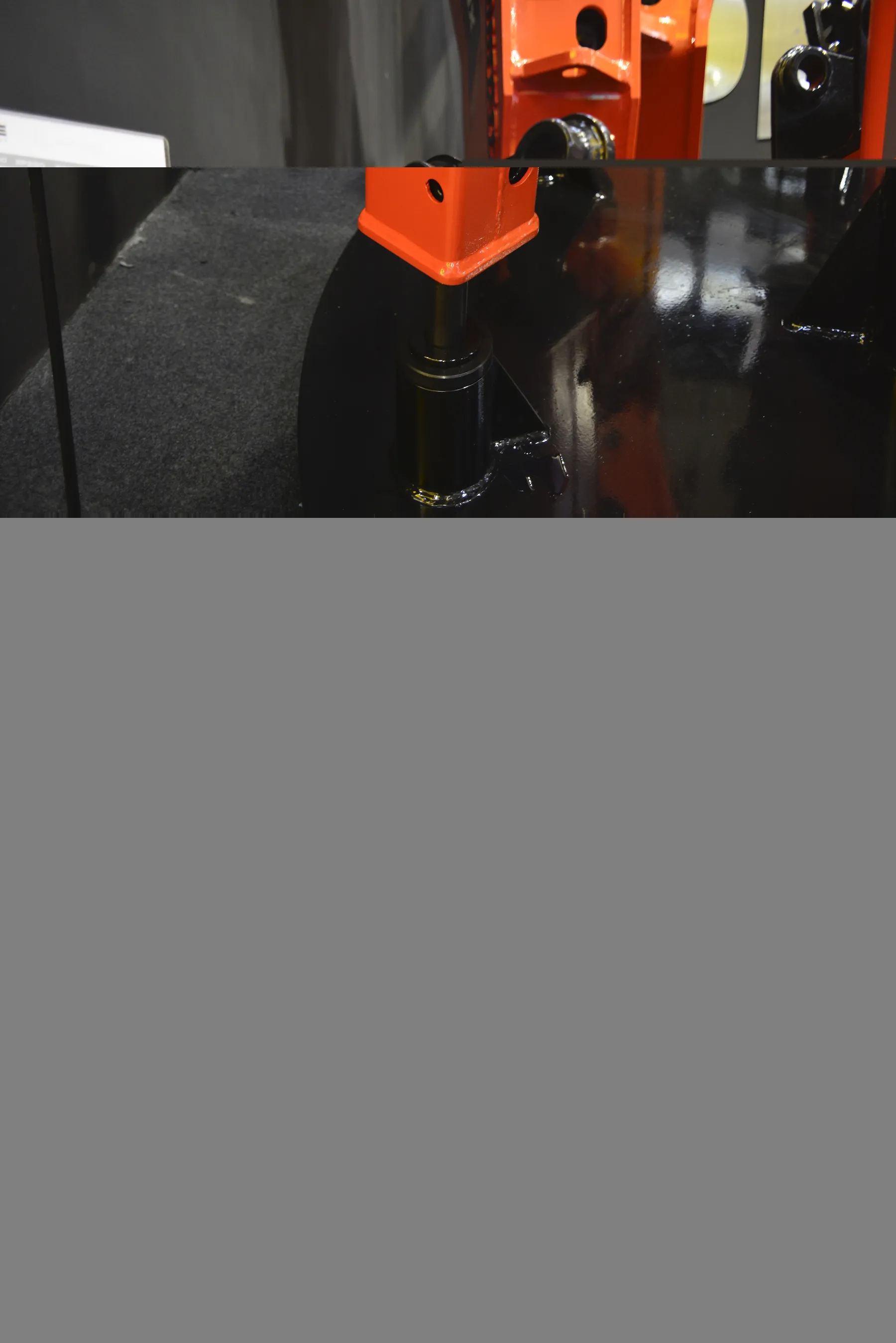German diesel engine maker DEUTZ is reporting strong half-year results, which it says will help the firm to invest in research and development into future powertrain solutions. The company says it has seen a marked increase in new orders and revenue as well as a significant improvement in free cash flow, while it has also benefited substantially from the sale of its former manufacturing site in Cologne. The company says that new orders in the DEUTZ Group increased by 18.6% to €803 million for the half-year,
August 3, 2017
Read time: 3 mins
German diesel engine maker 201 DEUTZ is reporting strong half-year results, which it says will help the firm to invest in research and development into future powertrain solutions. The company says it has seen a marked increase in new orders and revenue as well as a significant improvement in free cash flow, while it has also benefited substantially from the sale of its former manufacturing site in Cologne.
The company says that new orders in the DEUTZ Group increased by 18.6% to €803 million for the half-year, compared with €677.2 million for the same period in 2016. Orders in the second quarter of 2017 amounted to €399.8 million, an increase of 14.3% than for the second quarter of last year and close to the €403.2 million for first quarter of this year.
A total of 79,599 engines were sold in the six-month period, an increase of 14.2% from the 69,706 diesels sold in the same period in 2016. Meanwhile second-quarter unit sales came to 42,446 engines, 12.9% higher than for the same period in the previous year and 14.2% above the previous quarter.
Revenue rose by 14% to €734.5 million in the first half of 2017 compared with €644.4 million for the same period in 2016. The largest region, EMEA (Europe, Middle East, Africa), saw revenue grow by 17.4%, while revenue in the Americas region was up by 10.5%. Revenue in the Asia-Pacific region, however, was down by 1.3%, as the figure for the prior-year period had included licensing income. In the second quarter of 2017, revenue totalled €382 million, which was 11% higher than in the same period in 2016 and 8.4% more than in the first quarter of this year. At €22.8 million, operating profit (EBIT before exceptional items) was up by €2.1 million on the first half of 2016. This more than compensated for the €5.5 million contribution to earnings from a licensing transaction in the prior-year period. However, the absence of this contribution did result in the EBIT margin falling slightly to 3.1%, compared with 3.2% in the first half of 2016. At €19.8 million, net income in the six month period was on a par with the prior-year period. Free cash flow improved to reach €53.8 million.
“Since the beginning of 2017, we have seen a positive market trend that is still ongoing. The property sale of the former Cologne-Deutz site was a milestone in the second quarter of 2017,” said DEUTZ’s chief financial officer, Dr Margarete Haase.
“Going forward, we will be positioning ourselves much more strongly as a supplier of innovative drive systems and focusing on alternative fuels,” said Chairman of the DEUTZ Board of Management Dr Frank Hiller. “The new E-DEUTZ strategy, for example, includes hybrid solutions, partial electrification and electric drive components. And the proceeds from the sale of property are allowing us to invest even more heavily in technology, innovation and service.”
The company says that new orders in the DEUTZ Group increased by 18.6% to €803 million for the half-year, compared with €677.2 million for the same period in 2016. Orders in the second quarter of 2017 amounted to €399.8 million, an increase of 14.3% than for the second quarter of last year and close to the €403.2 million for first quarter of this year.
A total of 79,599 engines were sold in the six-month period, an increase of 14.2% from the 69,706 diesels sold in the same period in 2016. Meanwhile second-quarter unit sales came to 42,446 engines, 12.9% higher than for the same period in the previous year and 14.2% above the previous quarter.
Revenue rose by 14% to €734.5 million in the first half of 2017 compared with €644.4 million for the same period in 2016. The largest region, EMEA (Europe, Middle East, Africa), saw revenue grow by 17.4%, while revenue in the Americas region was up by 10.5%. Revenue in the Asia-Pacific region, however, was down by 1.3%, as the figure for the prior-year period had included licensing income. In the second quarter of 2017, revenue totalled €382 million, which was 11% higher than in the same period in 2016 and 8.4% more than in the first quarter of this year. At €22.8 million, operating profit (EBIT before exceptional items) was up by €2.1 million on the first half of 2016. This more than compensated for the €5.5 million contribution to earnings from a licensing transaction in the prior-year period. However, the absence of this contribution did result in the EBIT margin falling slightly to 3.1%, compared with 3.2% in the first half of 2016. At €19.8 million, net income in the six month period was on a par with the prior-year period. Free cash flow improved to reach €53.8 million.
“Since the beginning of 2017, we have seen a positive market trend that is still ongoing. The property sale of the former Cologne-Deutz site was a milestone in the second quarter of 2017,” said DEUTZ’s chief financial officer, Dr Margarete Haase.
“Going forward, we will be positioning ourselves much more strongly as a supplier of innovative drive systems and focusing on alternative fuels,” said Chairman of the DEUTZ Board of Management Dr Frank Hiller. “The new E-DEUTZ strategy, for example, includes hybrid solutions, partial electrification and electric drive components. And the proceeds from the sale of property are allowing us to invest even more heavily in technology, innovation and service.”








